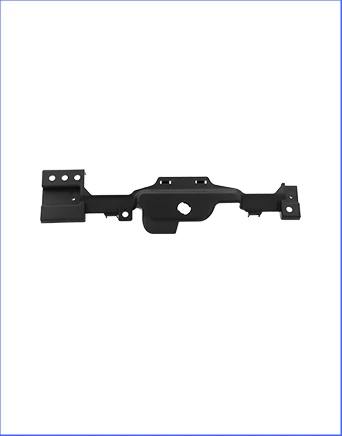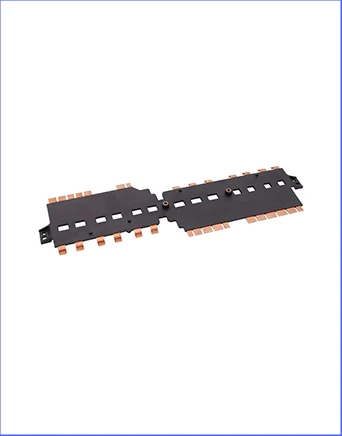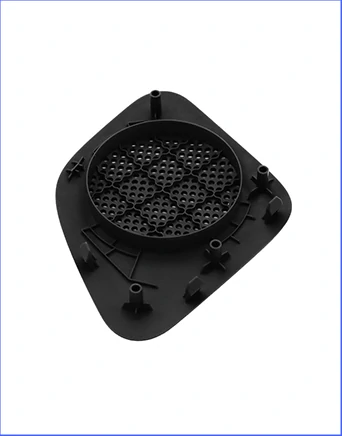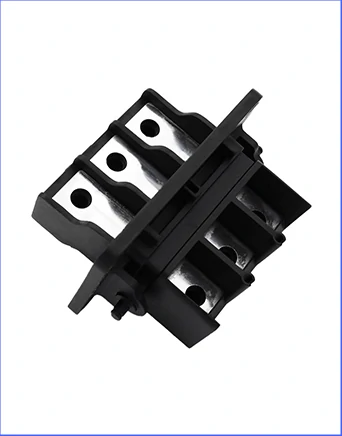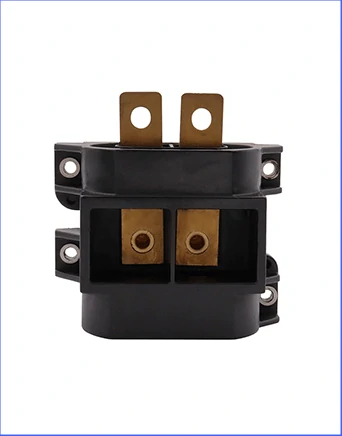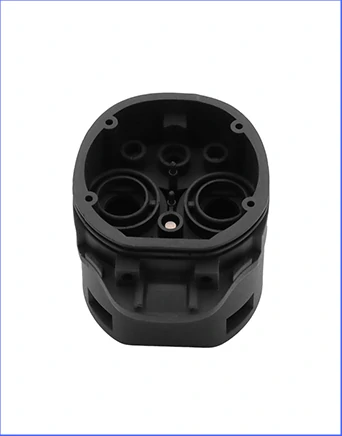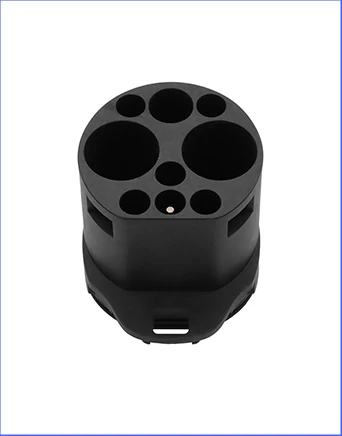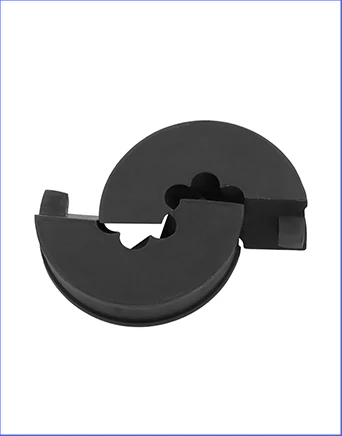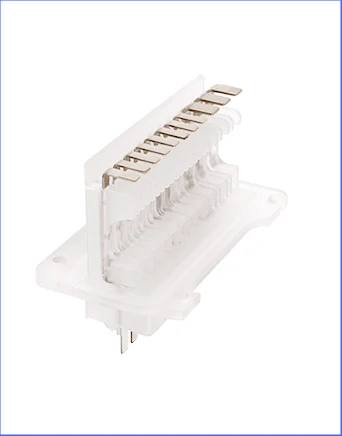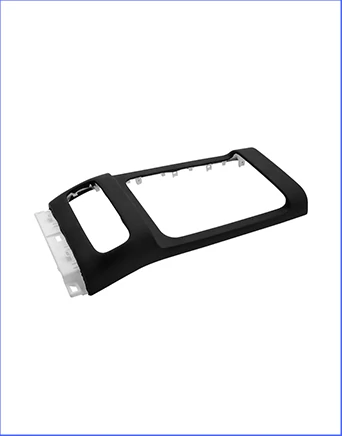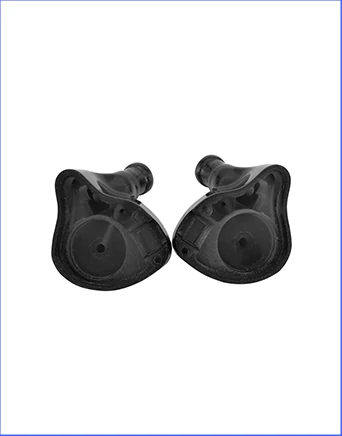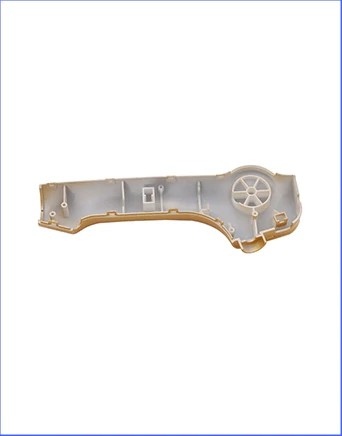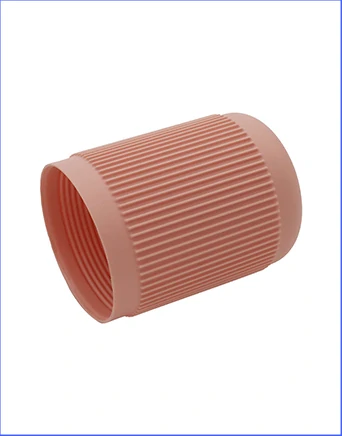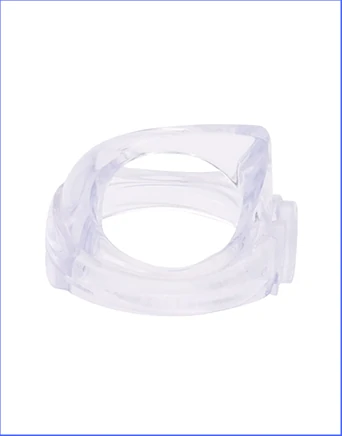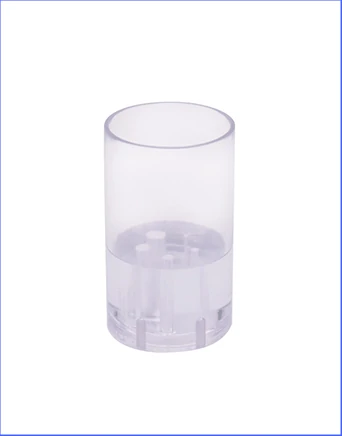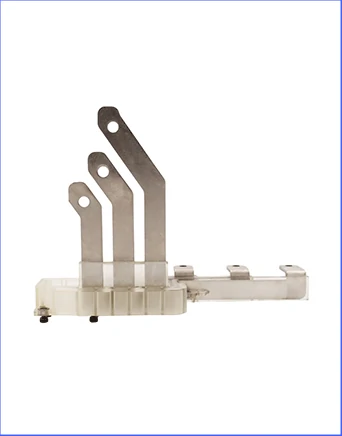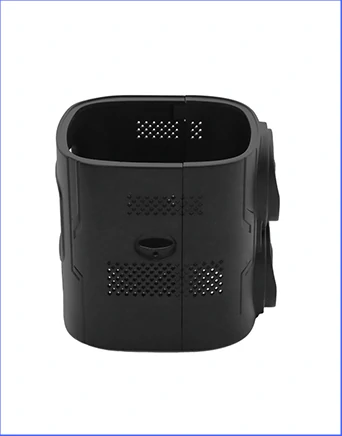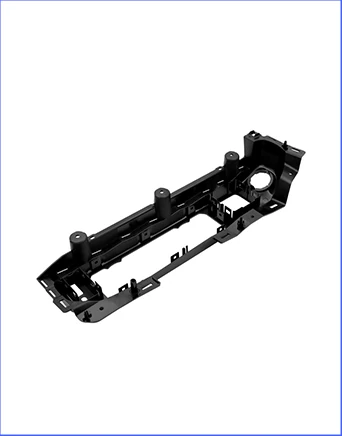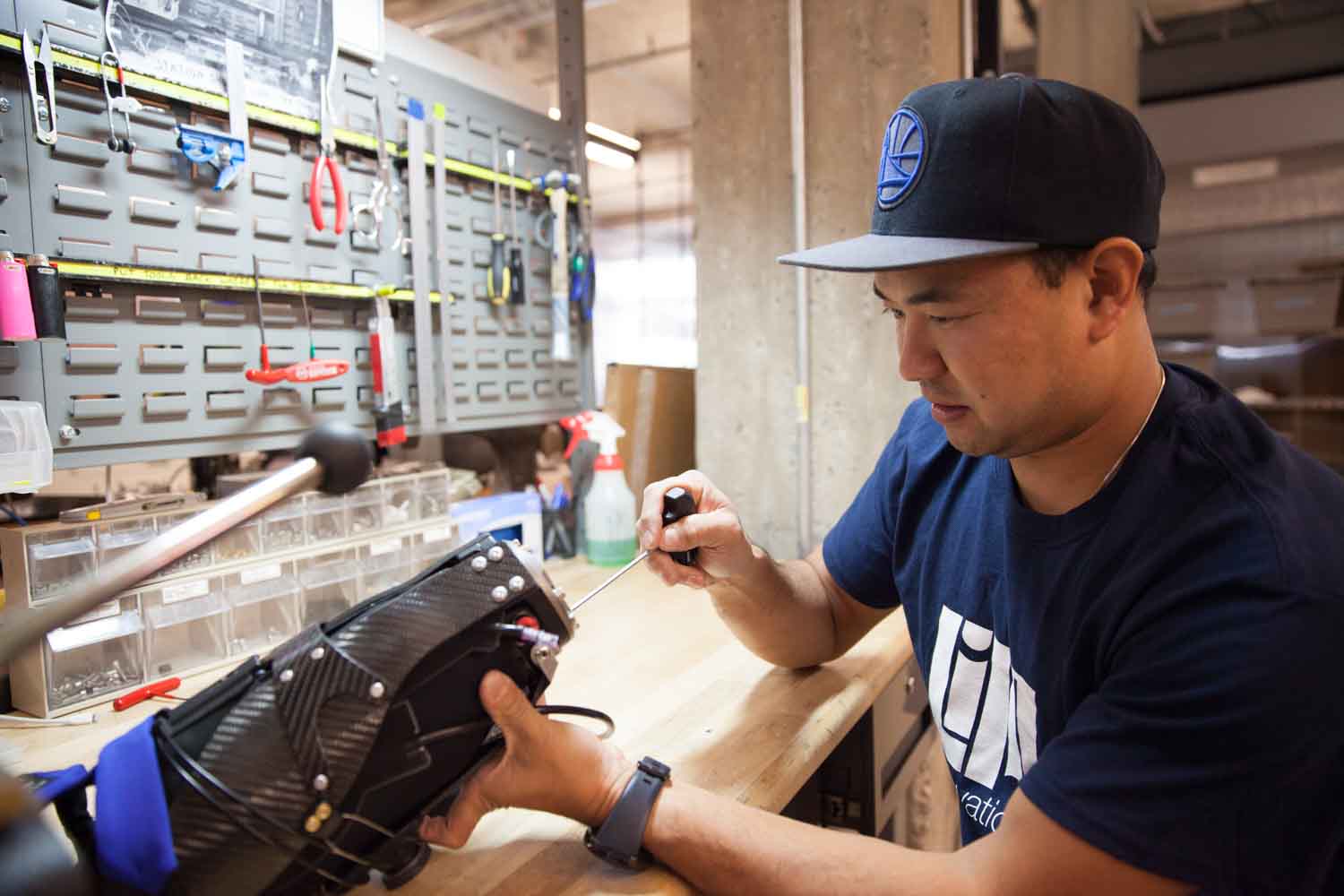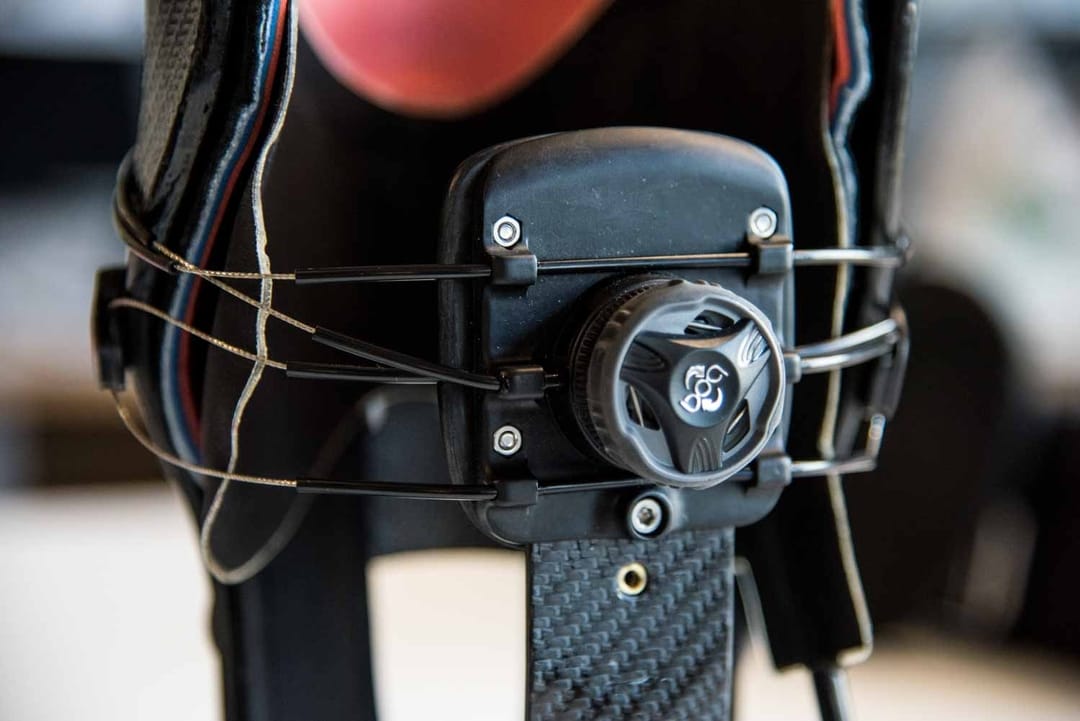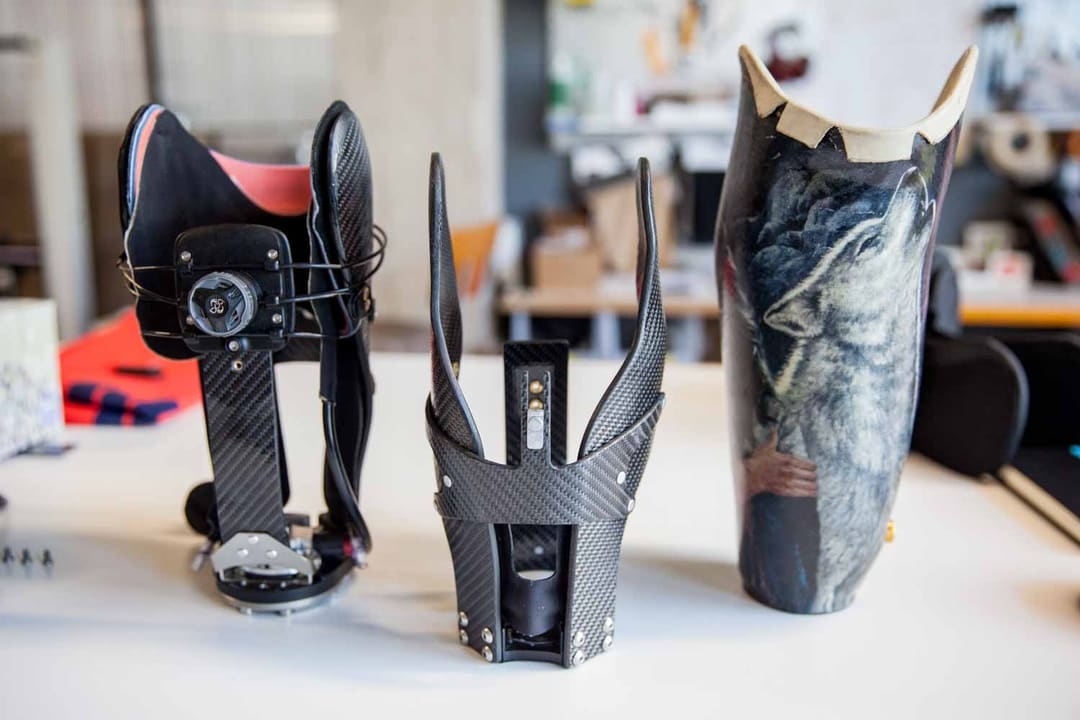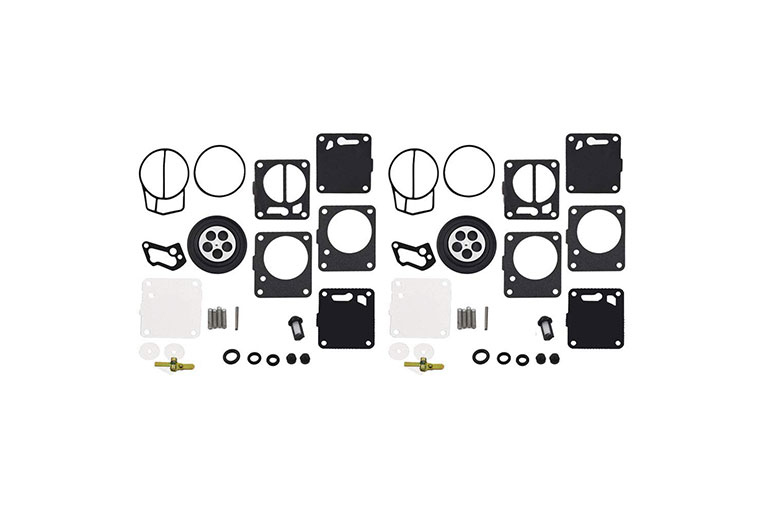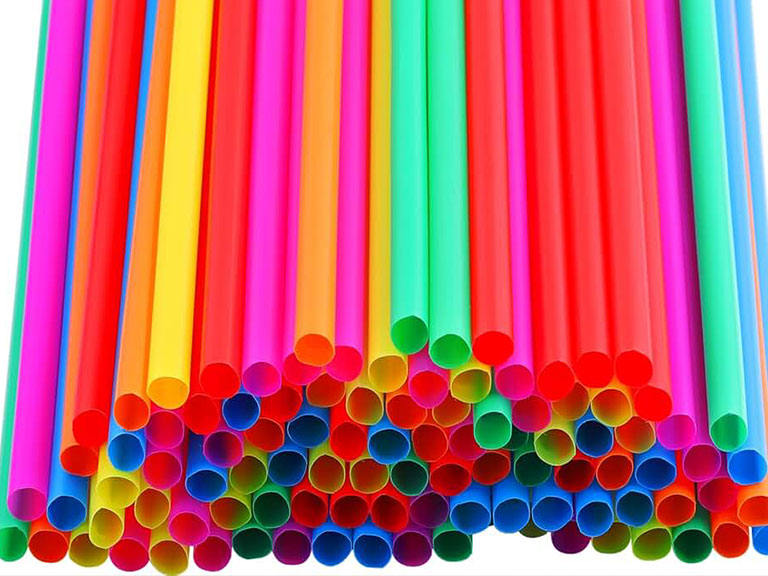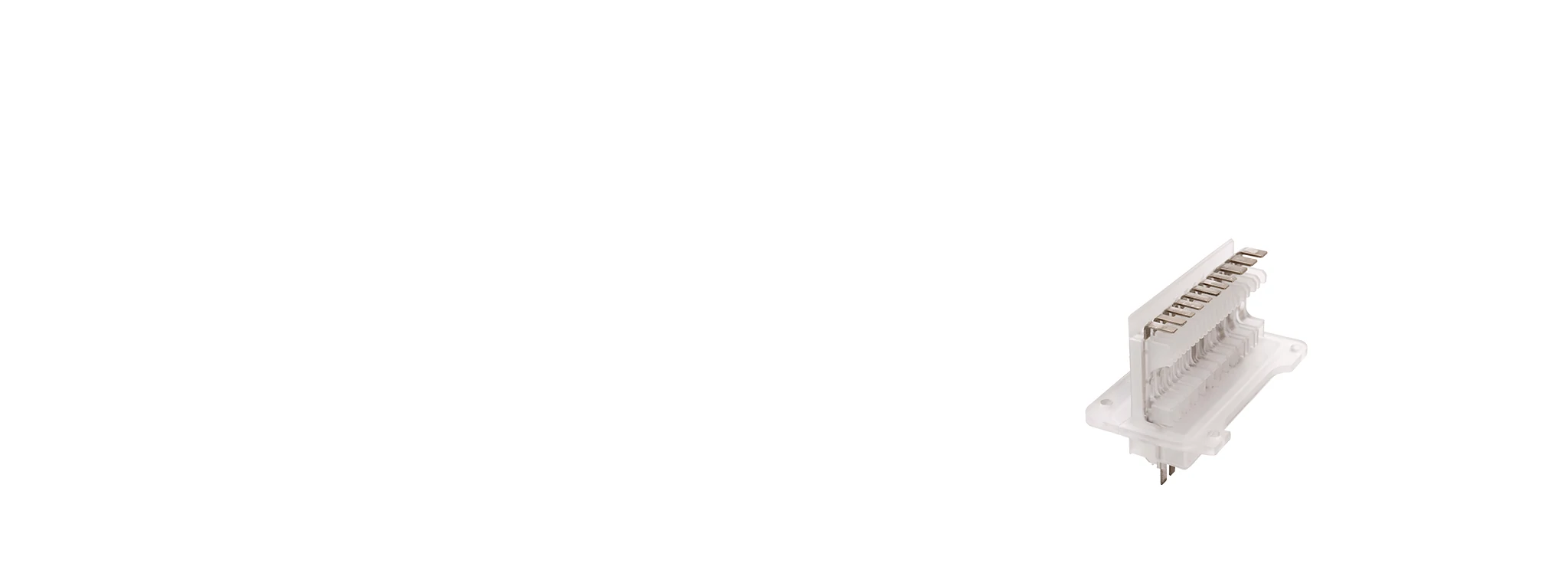About the Urethane Casting Process
Urethane casting, also referred to as RTV molding, cast urethane, and silicone molding, is a fabrication technique utilizing silicone molds to manufacture production-grade plastic parts.
The process of urethane casting involves three primary steps:
1. 1. The initial step involves fabricating a master pattern using either 3D printing or CNC machining technology.fabricating a master pattern using either 3D printing or CNC machining technology.
2. 2. Subsequently, a mold is crafted by encapsulating the master pattern with platinum silicone, which is poured around it.
3. 3. Finally, liquid polyurethane resin is injected into the prepared mold, and under vacuum conditions, it cures to form precise polyurethane castings.
Advantages of Urethane Casting
The benefits of urethane casting include the ability to produce parts that meet production standards at reduced volumes, while avoiding the substantial costs and extended lead times typically linked to steel or aluminum tooling. This capability is particularly precious when launching new products, as it permits the evaluation of market-ready items to confirm design concepts with potential customers and in new markets. This approach allows companies to test and refine their products before making significant investments in large-scale production.
Urethane Casting Design Considerations
For those with expertise in designing parts for injection molding, the transition to designing parts for urethane casting is straightforward, as the same established best practices and conventional wisdom can be directly applied.







